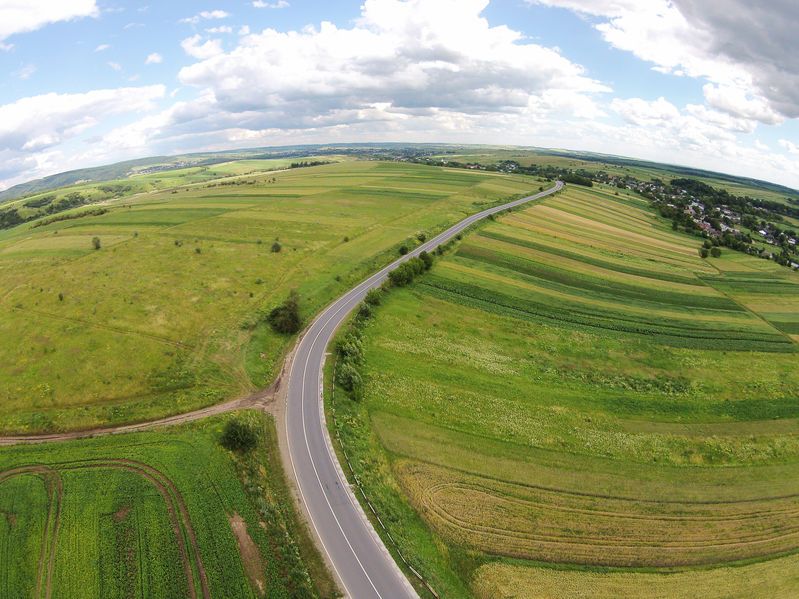
Farms and land in Scotland and Northern England continue to be in high demand despite continued political uncertainty.
The value of farmland in general has remained stable, according to land agent Galbraith.
However, the gap between the best arable, which still commands a premium, and more moderate arable land is not showing any signs of closing.
The more marginal pasture and upland hill grazing ground continues to be underpinned by forestry interests on the basis the land is suitable for planting for woodland.
Galbraith has also seen environmental/amenity type purchasers enter the market for larger areas of grazing and hill ground.
Duncan Barrie, partner at Galbraithm said: “In general the larger fully equipped farming units and productive blocks of bare agricultural land within sought after areas are selling well.
“Buyers being either local farmers wishing to expand their holding and benefit from economies of scale or farmers relocating elsewhere in Scotland or the rest of the UK.”
In comparison to last year, the estate agent has seen a dip in the number of units come to the market this year.
This has helped to maintain demand and values, but new parcels of land are due to the market come autumn.
Mr Barrier added: “The availability and access to finance for agricultural businesses remains competitive with many of the larger banks keen and willing to provide a loan to facilitate a farm purchase at historically low interest rates.
“As a result many farmers are taking the decision to invest in a neighbouring holding and spread the cost over the medium or long-term, and in some instances locking in low rates over a longer period of time.”
Interest in the livestock and dairy farms is now competing with demand for low ground land for forestry use, particularly due to the interesting forestry grants available and long-term tax incentives.
Galbraith has seen a number of farmers reconsider their farming operations to combine agro-forestry schemes within a holding.
“The smallholding and amenity land market is one of the most buoyant sectors, and this has a huge impact on the lotting of a farm in order that we can facilitate these interests,” Mr Barrie said.
“It is often the only option for some of the smaller livestock and dairy farms within central Scotland.
“The type of buyer does vary, but generally they are from a more urban area, and are seeking to acquire a larger house and buildings with the privacy afforded by a few acres of land to enable a more rural lifestyle.
“We have also experienced buyers looking to acquire a smaller unit for use as business premises,” he said.
Galbraith has brought 4,328 acres of farmland and farms to the market in Scotland in the past two months, valued in excess of £22.5m
In the last year it has has marketed 25,000 acres of agricultural land across Scotland and Northern England.
